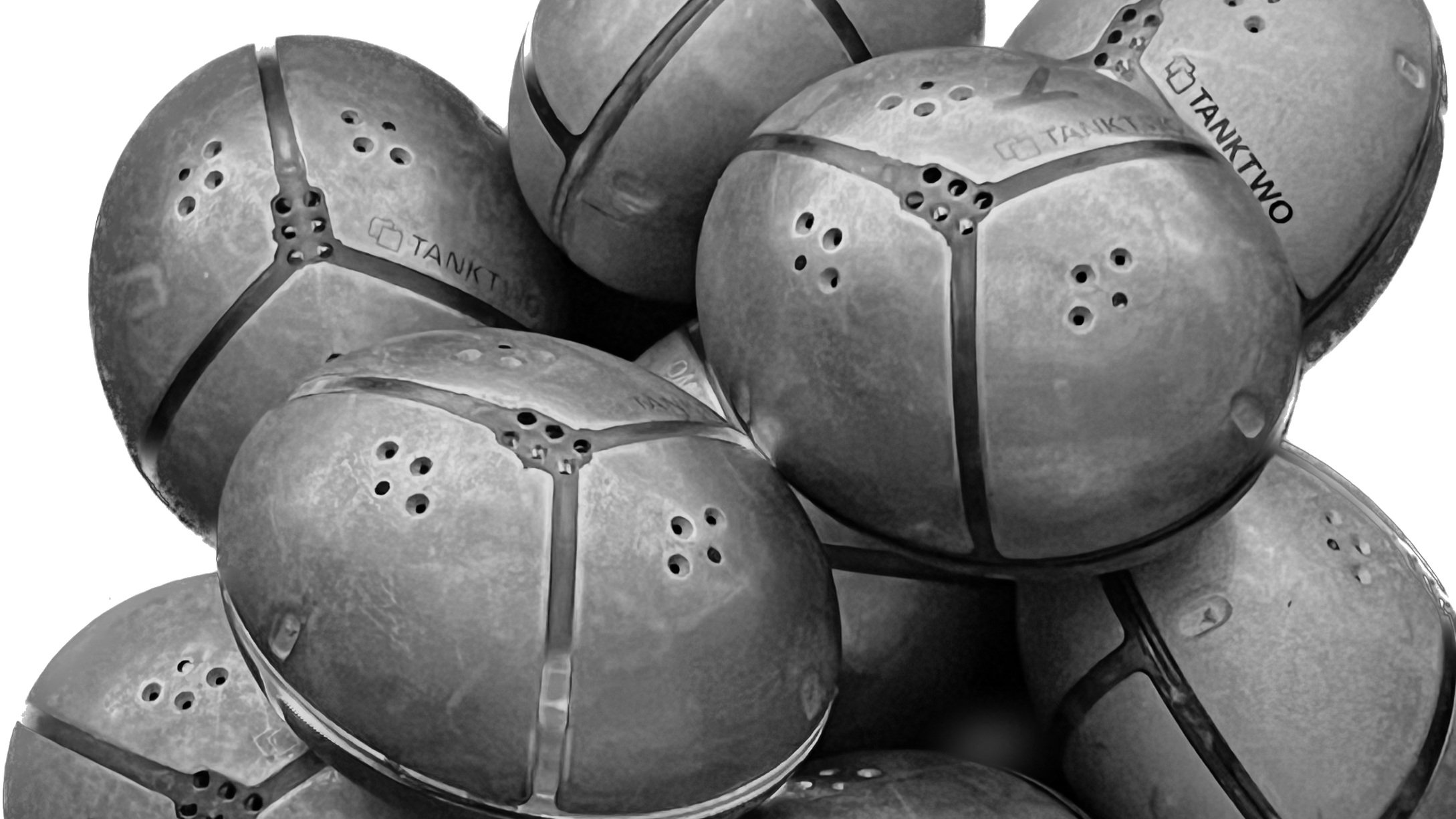
Surge + Sustained Output Custom Battery Packs
Most industrial, construction, or military equipment (amongst others) require a high peak power to start and a sustained output to keep it running. However, achieving the right energy density (for sustained output) and power density (for surge power) in a battery solution is a delicate balancing act.
Let’s get onto the same page with the terms: Energy density is the total amount of electricity a cell can store per unit of weight or volume. Power density is the total amount of electricity a cell can squeeze out within a short period (e.g., from a few seconds to half an hour).
While all lithium-ion battery chemistries are intrinsically suitable for high-drain use cases (i.e., provide high surge power), the cells must be specially designed and manufactured to support the application.
These cells have beefier electrodes to extract high power quickly to start applications like radars, kinetic tools (e.g., impact drivers), winches, and hydraulically operated equipment (e.g., scissor lifts and excavators).
Yet, achieving higher surge power comes with a cost. When you put more electrode material into the cells, you have less room for energy-storing lithium chemistry, affecting the cell’s energy density (i.e., you need more cells to store the same amount of electricity). Moreover, the rapid discharging shortens the cells’ lifespan.
Meanwhile, cells for sustained power output typically have higher energy density and are more cost-efficient. The law of supply and demand favors these cells and lowers their costs. They also have a longer lifespan and, therefore, a lower total cost of ownership (TCO).
Battery engineers must strike a delicate balance between energy density, power density, longevity, and cost when designing a battery solution. For traditional, monolithic battery packs, they must nail down the type of cells from the get-go because they can’t change the design afterward.
The solution must provide high surge power for take-off and sustained energy throughout a flight. Each flight route or operating condition requires packs with a different mix of surge vs. sustained cells, making the production of these battery packs for a commercial fleet a cost-prohibitive logistics nightmare.
So, how do we cost-effectively achieve flexibility in balancing surge vs. sustained power based on shifting operating requirements and conditions? We need battery technology that will allow the equipment manufacturer or operator to adjust the mix of cell types without going back to the drawing board for every permutation.
How the Tanktwo surge + sustained output battery pack works
Using our Dycromax Architecture, the Tanktwo Battery Operating System (TBOS) makes mixing cells of different chemistries and ages simply a matter of adjusting a few software parameters.
For each application, we calculate the proportion of surge vs. sustained power and decide on the optimal mix of cells to meet operational requirements without incurring unnecessary costs or weight penalties.
Our technology enables the mixing of cells of different chemistries and ages. Equipment manufacturers or operators can stock an inventory of cells and assemble packs with the appropriate mix based on demand instead of guesstimating usage patterns, stocking numerous options, or using sub-optimal solutions.
Our surge + sustain custom battery packs allow our customers to meet surge and sustained power requirements of equipment in various industries, including manufacturing, construction, aviation, military, and more, to maximize agility, flexibility, cost-efficiency, and performance.

